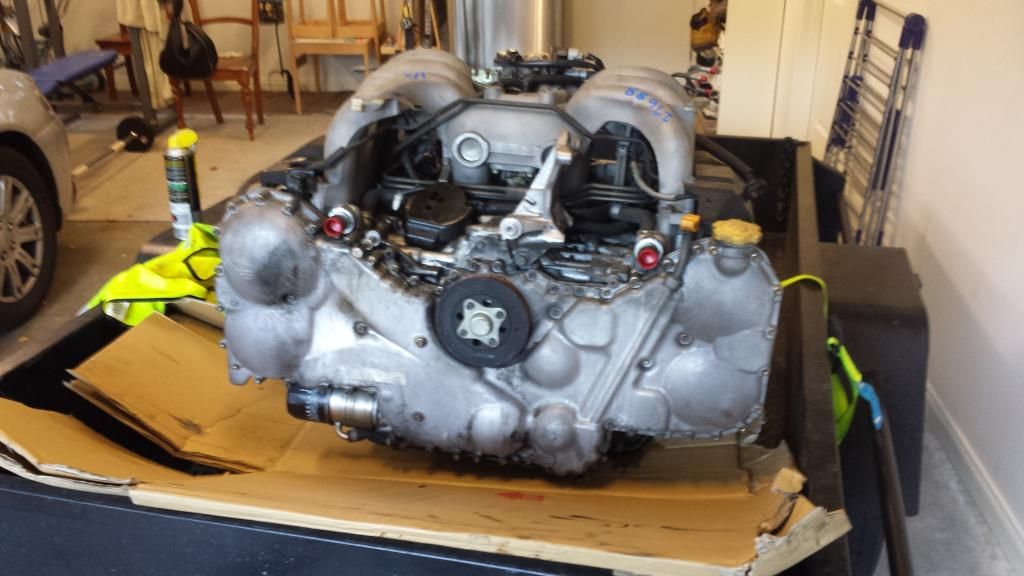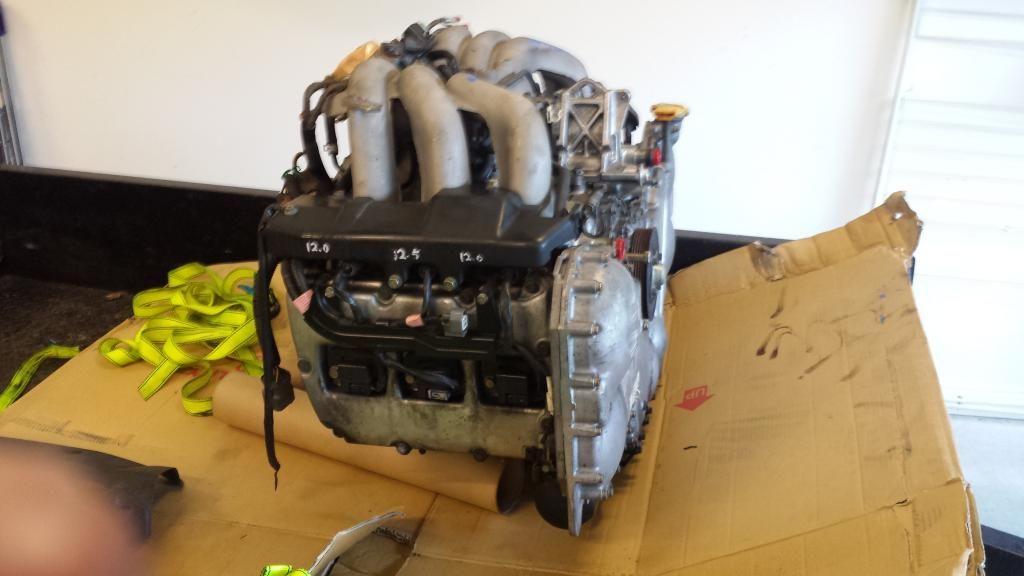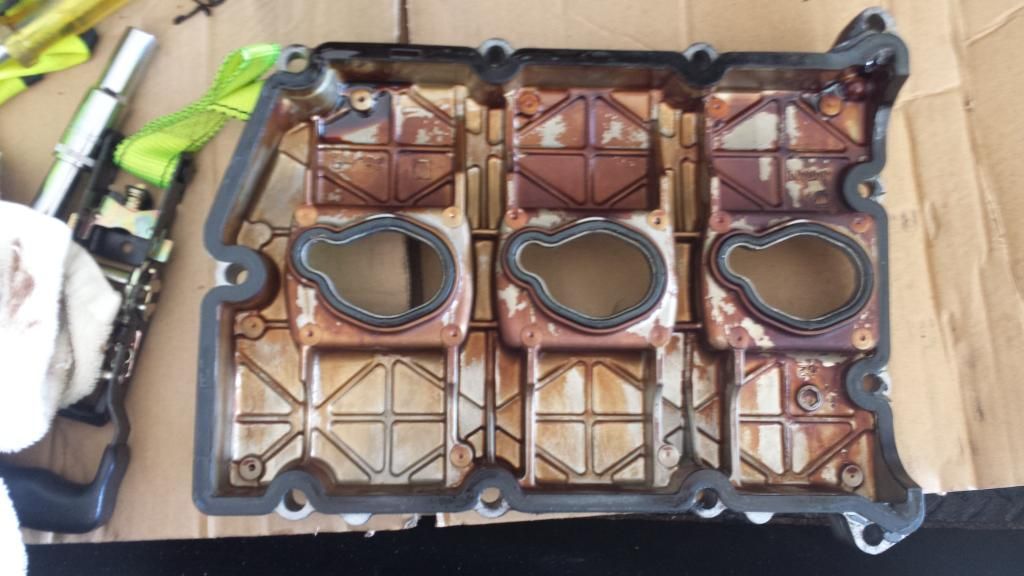Venom
Forum Member
- Joined
- Jun 8, 2009
- Messages
- 632
So i ordered a S/H motor from Japan with 80,000km on it which I picked up yesterday. I have a complete gasket kit from Subaru, obviously won't use the whole thing but I wanted everything on hand just in case.
Would like some advice on what to inspect, replace etc etc.
Fairly sure the 80,000km will be genuine or very close considering it was cruising around a little inland with a 100 odd million people on it.
Now my current motor both burns and leaks a total of 1 litre of oil every 1,000km or so. What I want to avoid is this degeneration with my newish motor. Suspect a lack of valve adjustment (I never did it) has led to a reduction in clearance, leading to burnt out valves resulting in burning oil. Timing chain and valve cover also leaks. Low engine oil has led to increase wear of the timing chain and it has death rattle on start even when warm.
So on my to do list so far:
Valve cover gasket kit replacement, including some cool aluminum half moon gaskets.
Measure valve clearances and adjust if necessary
Remove timing chain cover and reseal
Inspect timing chain guides for excessive wear, correct clearances, etc.
New spark plugs
New thermostat (factory)
Is it worth pulling heads? What should I check to see if i need to?
Compression on all cylinders is between within 5psi.
Some oil on the spark plug threads, but doesn't seen to be too much build up on the plugs.
Looks like standard varnish in the valve covers. No sludge and doesn't appear to have been cleaned by the seller (easy to wipe off myself).
The whole point of getting a second hand motor was so I could prep it as much as necessary with no time constraints. However would prefer to avoid unnecessary cost and work (like pulling heads) if I don't need to.
And pictures, because it's the internetz.
Seller has written compression test results on the fuel rail covers. They are a reputable wrecker according to Import Monster. Obviously results would be from a cold engine. I checked the sale page and read the gauge to clarify

Compression test results are in Mpa and should actually read 1.20 to 1.25, so 175 to 180 psi.


RH side


Small amount of oil present on all RH spark plugs.

Would like some advice on what to inspect, replace etc etc.
Fairly sure the 80,000km will be genuine or very close considering it was cruising around a little inland with a 100 odd million people on it.
Now my current motor both burns and leaks a total of 1 litre of oil every 1,000km or so. What I want to avoid is this degeneration with my newish motor. Suspect a lack of valve adjustment (I never did it) has led to a reduction in clearance, leading to burnt out valves resulting in burning oil. Timing chain and valve cover also leaks. Low engine oil has led to increase wear of the timing chain and it has death rattle on start even when warm.
So on my to do list so far:
Valve cover gasket kit replacement, including some cool aluminum half moon gaskets.
Measure valve clearances and adjust if necessary
Remove timing chain cover and reseal
Inspect timing chain guides for excessive wear, correct clearances, etc.
New spark plugs
New thermostat (factory)
Is it worth pulling heads? What should I check to see if i need to?
Compression on all cylinders is between within 5psi.
Some oil on the spark plug threads, but doesn't seen to be too much build up on the plugs.
Looks like standard varnish in the valve covers. No sludge and doesn't appear to have been cleaned by the seller (easy to wipe off myself).
The whole point of getting a second hand motor was so I could prep it as much as necessary with no time constraints. However would prefer to avoid unnecessary cost and work (like pulling heads) if I don't need to.
And pictures, because it's the internetz.
Seller has written compression test results on the fuel rail covers. They are a reputable wrecker according to Import Monster. Obviously results would be from a cold engine. I checked the sale page and read the gauge to clarify

Compression test results are in Mpa and should actually read 1.20 to 1.25, so 175 to 180 psi.


RH side


Small amount of oil present on all RH spark plugs.

Last edited:


 .
. balls.
balls.